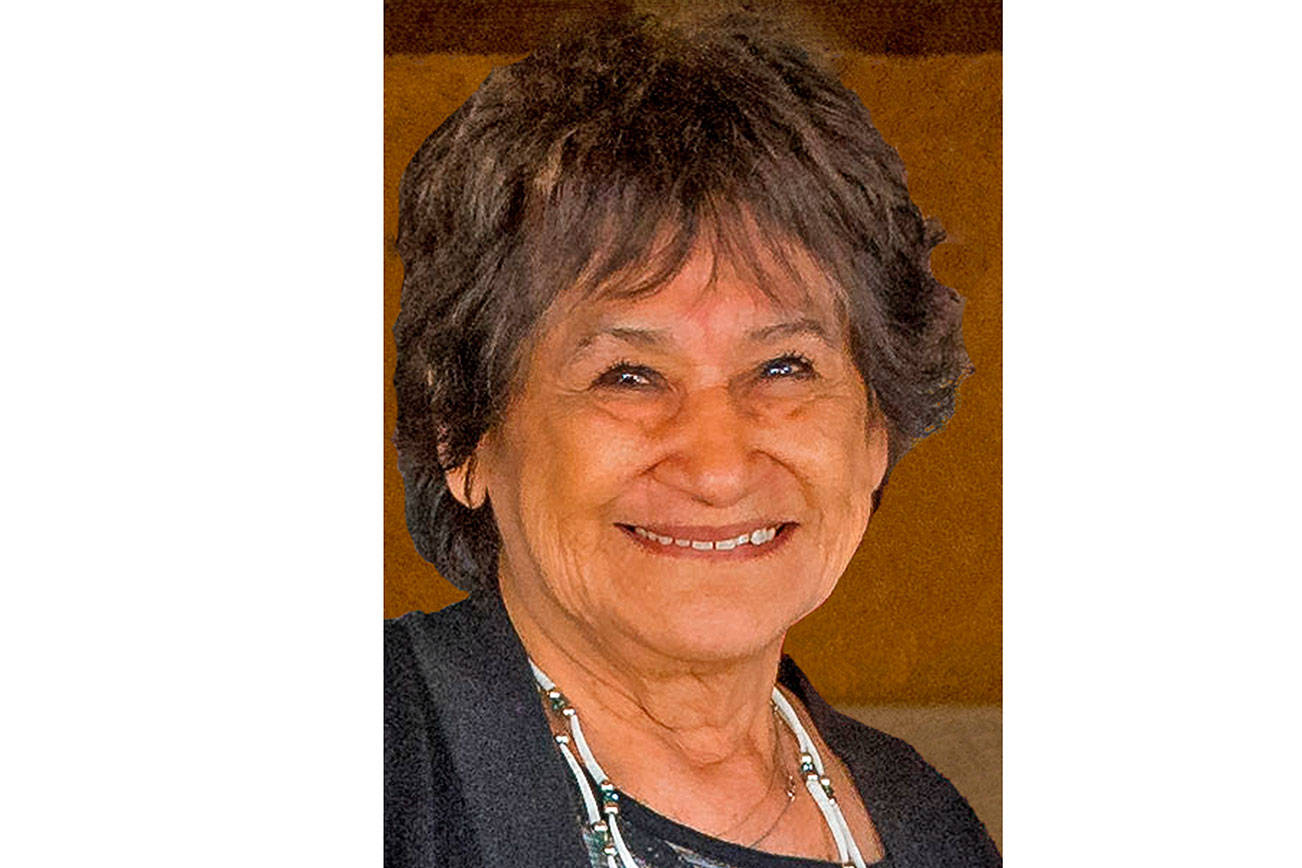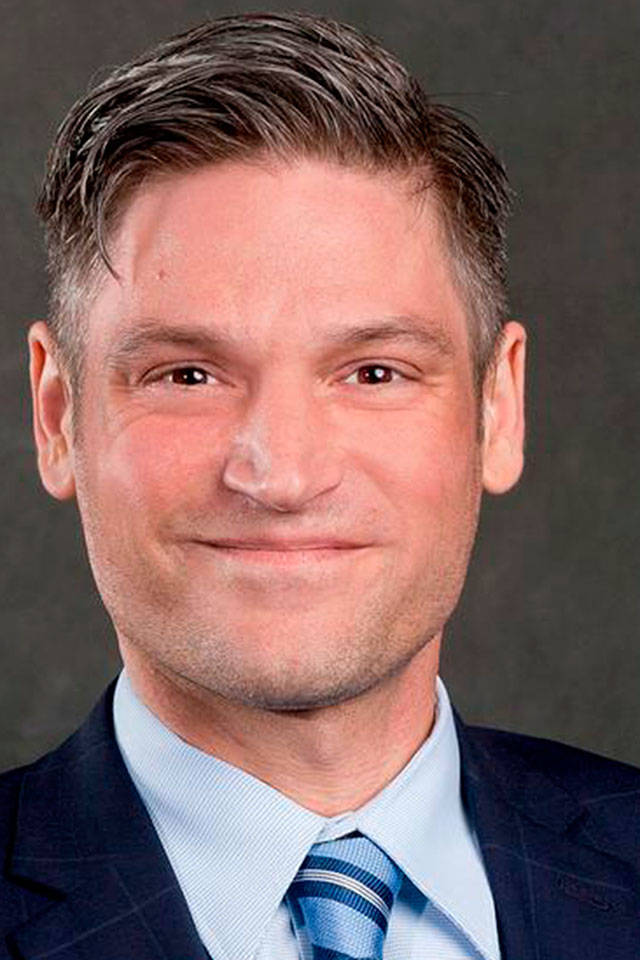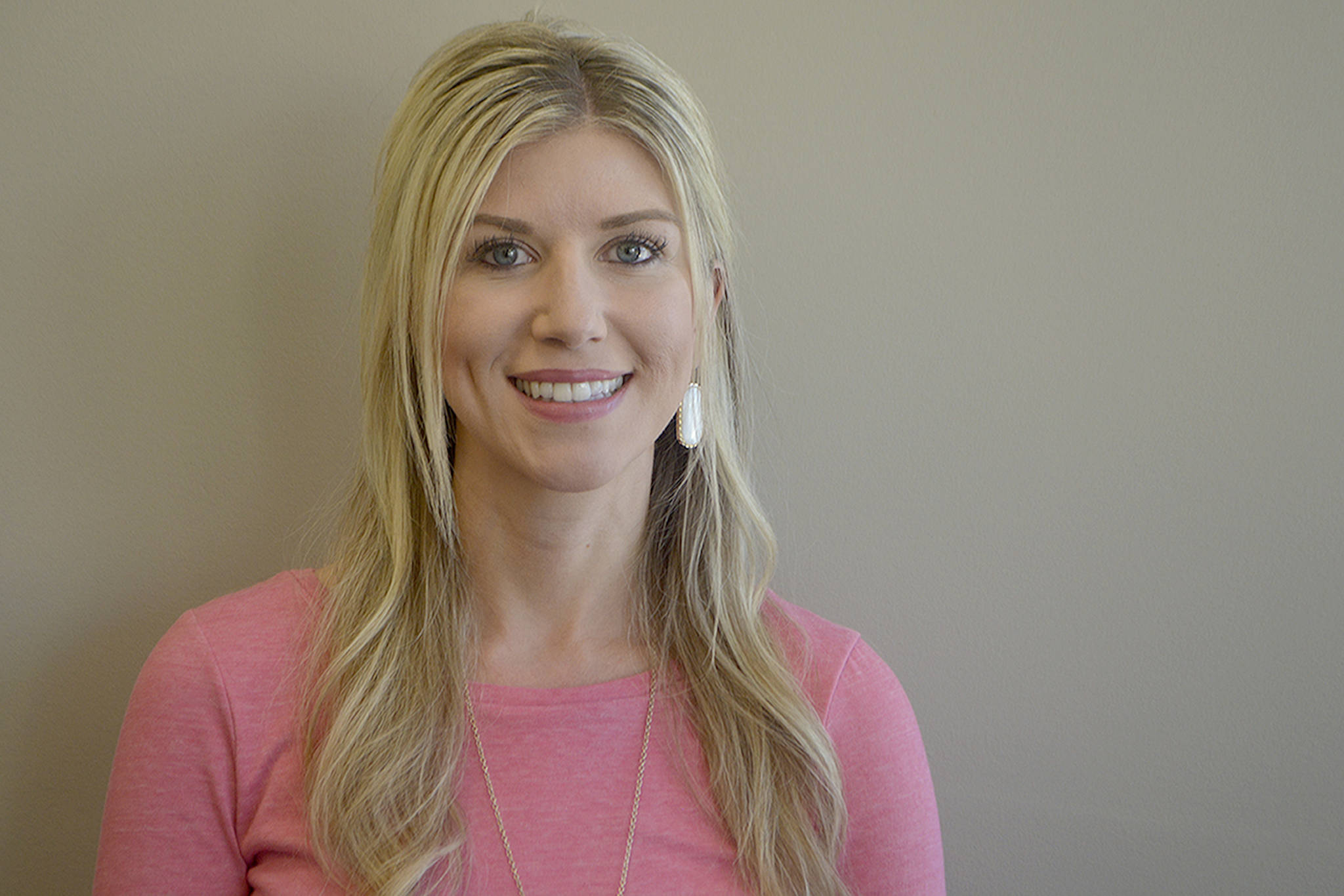In this space last month, I wrote about labels and their effect on the people who bear them, particularly people with developmental disabilities. The piece prompted one reader to recall how people with disabilities were treated when he was growing up. As a teenager in the early 1950s, Bill saw people with disabilities literally put on display — and even then, when this type of marginalization was common, he recognized how hurt and embarrassed the people must have felt by their mistreatment.
That sentiment was echoed by another reader. Chelsea has Autism and feels that she doesn’t have a place in the world today because she is differently abled and her skills and talents go unrecognized. Chelsea says, “It is a waste of a perfectly good human being, and it is wrong.” She has clearly been on the receiving end of the kind of judgments Bill described, and has been aware of and affected by the way others treat her.
Note that Chelsea doesn’t describe herself as disabled, but differently abled. I’ve heard this before, not just from the person with the diagnosis, but also from theirfamily members. They don’t see their loved one as having a disability — to them, the person just “is.” This brings up a good question … What is “normal,” and why are people expected to try to achieve it? Imagine if we could just dispense with this pointless endeavor and collectively decide that different isn’t just okay; it’s the new definition of normal. From that perspective, it’s remarkably easy to see and celebrate each person’s contribution.
This is something we work toward every day at Northwest Center, where the foundation for contribution is inclusion. When people with disabilities feel engaged and included, their human value is unlocked for the benefit of everyone. I’ve heard repeatedly from employers that people with disabilities are some of their most loyal and dedicated staff members, and that they create stronger cohesion among the team. This demonstrates that when we move past the ideal of “normal” and embrace inclusion, people of allabilities benefit.
I’ve also heard from teachers who say that kids learn a great deal from their peers with disabilities, not just the other way around. In an integrated classroom, kids without disabilities learn more than their ABC’s — they understand that each person has unique gifts and they grow up embracing others. They also carry inclusive values forward throughout their lives, and that’s the real game changer. If everyone who has experienced inclusion did their part to foster it, what would the world look like?
It might look something like the wonderful bowling party hosted by a local law firm last week, where people of all abilities engagedwith each other. We had seriously successful lawyers (“super lawyers,” “best lawyers under 40,” “Washington Rising Stars,” law review, summa cum laude, etc.) and their families bowling with clients and employees of Northwest Center, from executives to file clerks—laughing, competing, celebrating success and commiserating with each other over wicked splits.
Two guys named Mike — one a “super lawyer” for a prestigious Seattle law firm and the other a “super assembler” with a severe developmental disability who works in our Assembly and Packaging business — were the absolute picture of inclusion, exercising the same hopeful body English on adjacent lanes, fully engaged with the serious business of bowling. As I spoke with people at the party, I was moved by how strong and rich the environment felt. This is what inclusion has to offer — that people from different walks of life, with unique experiences of life, even people with differing genetic patterns, give each other a profound human experience not available anywhere else.
Tom Everill is the President & CEO of Northwest Center and writes monthly columns for this publication. Contact him at inside@nwcenter.org if there are topics related to people with disabilities that would interest you.




